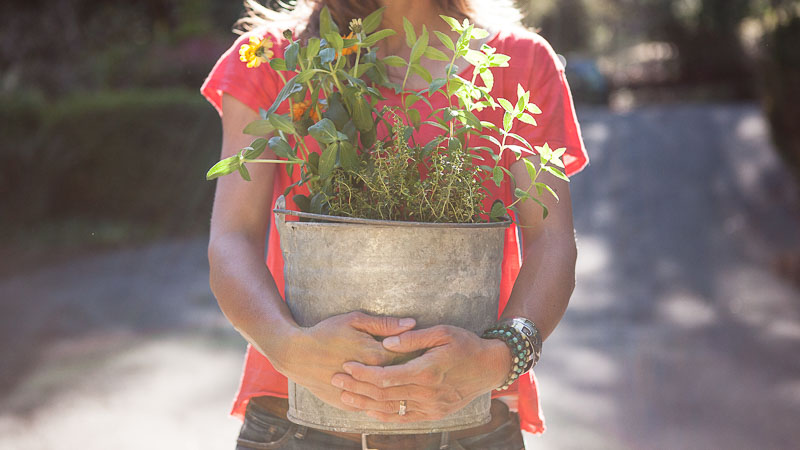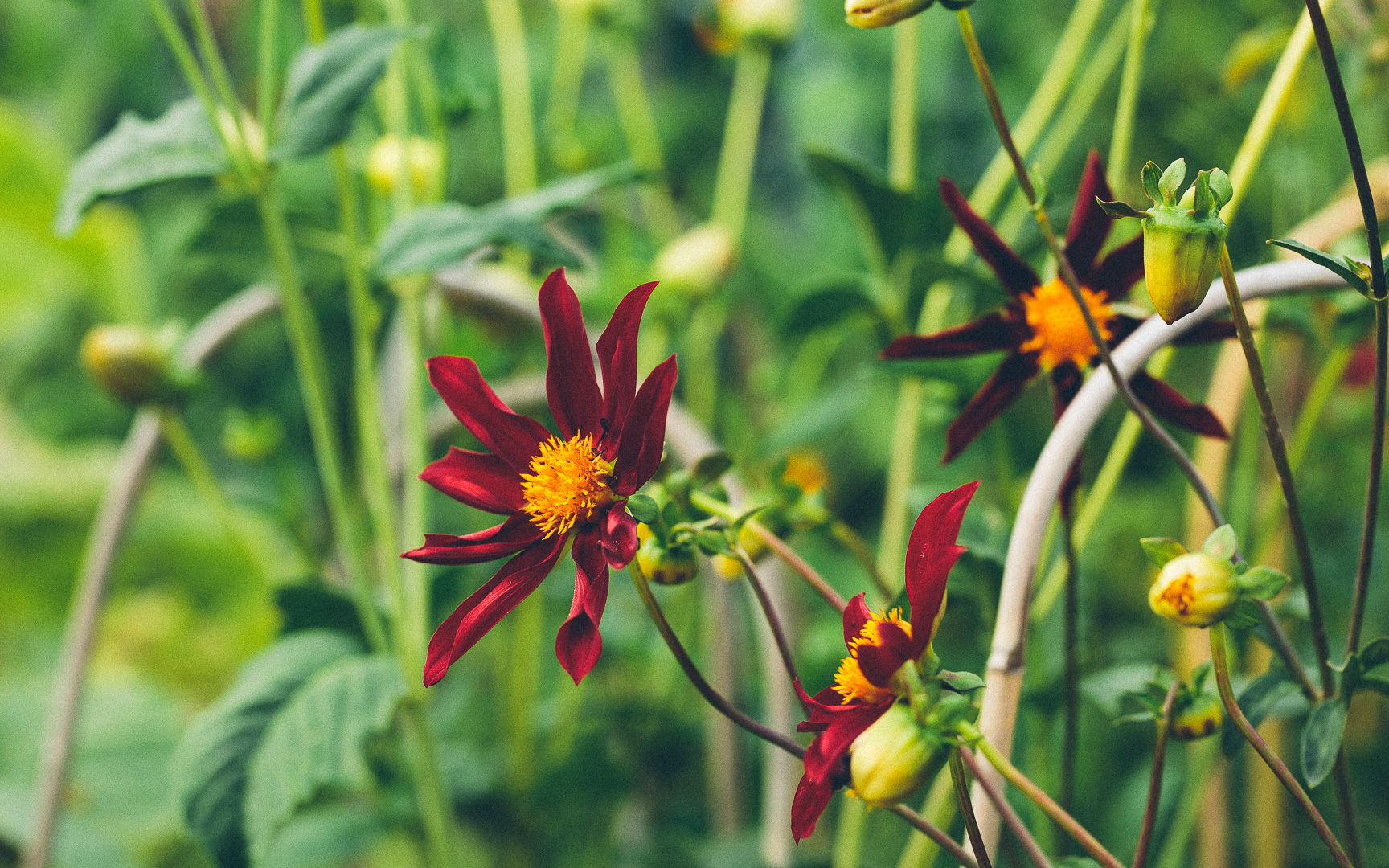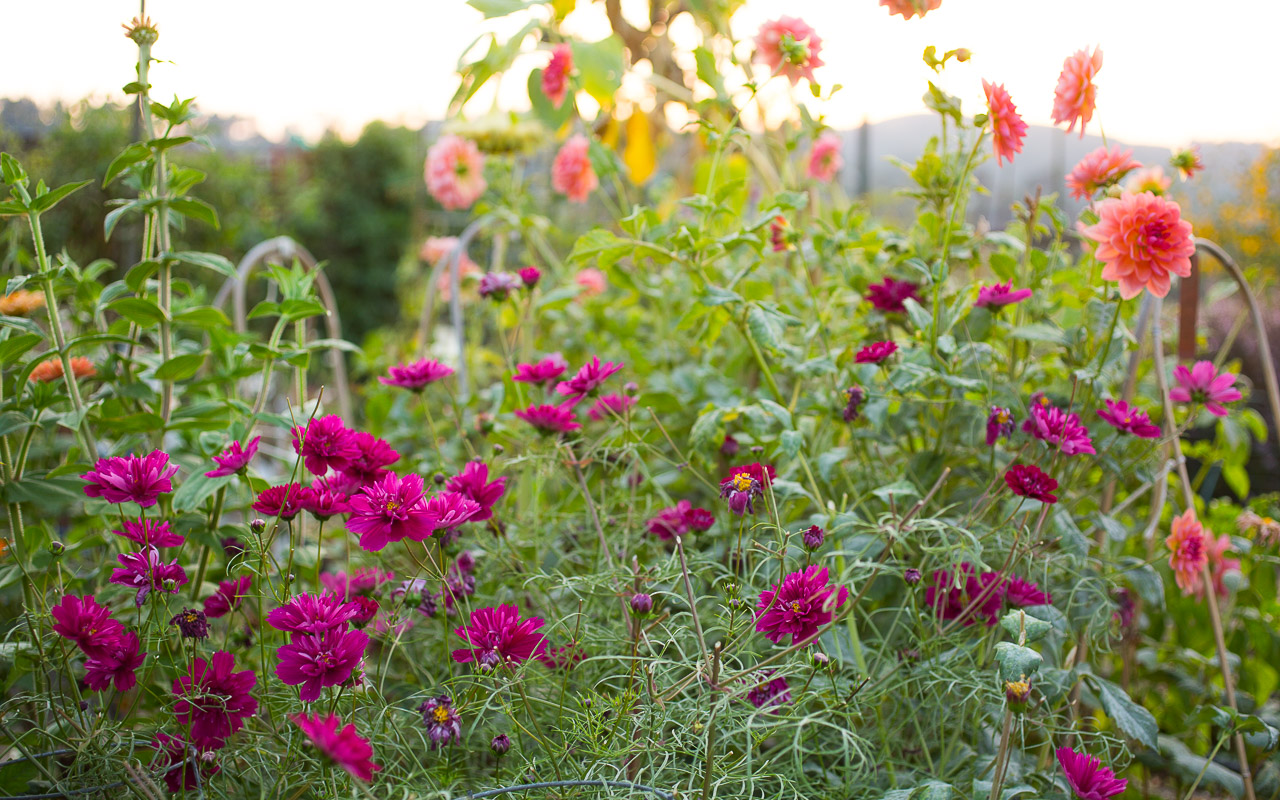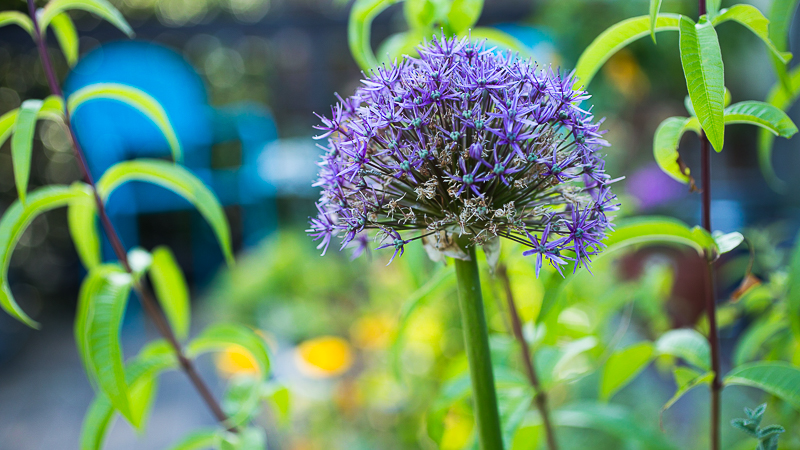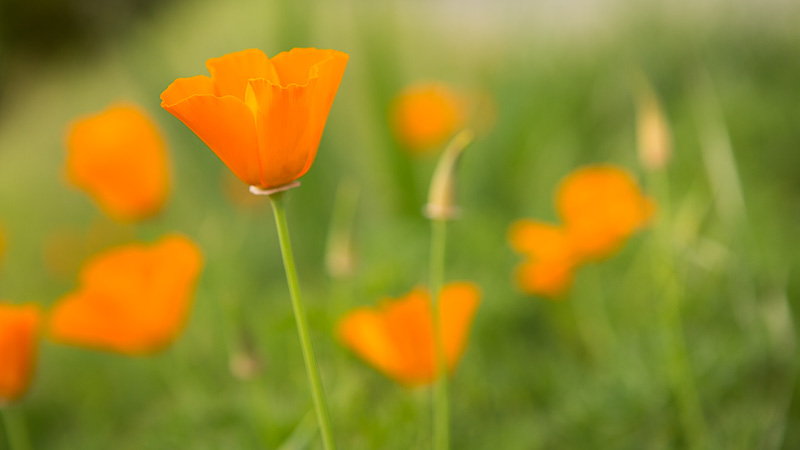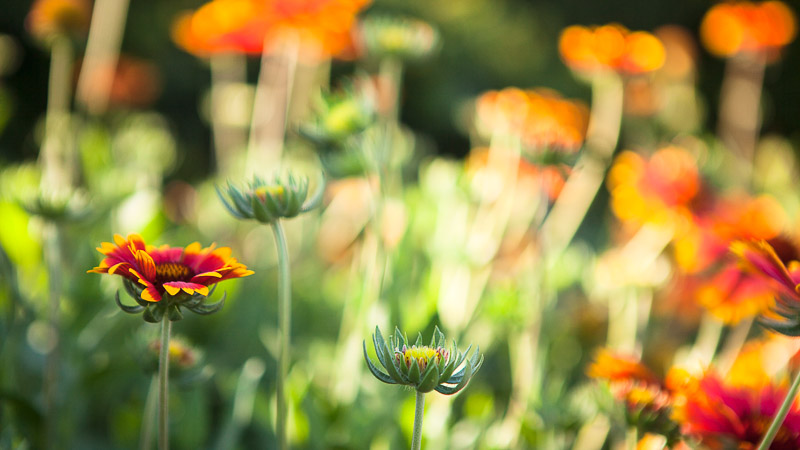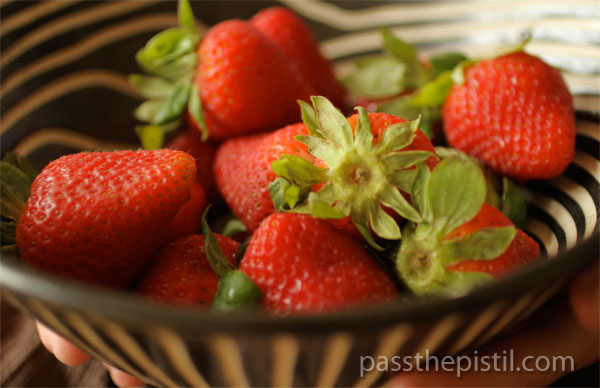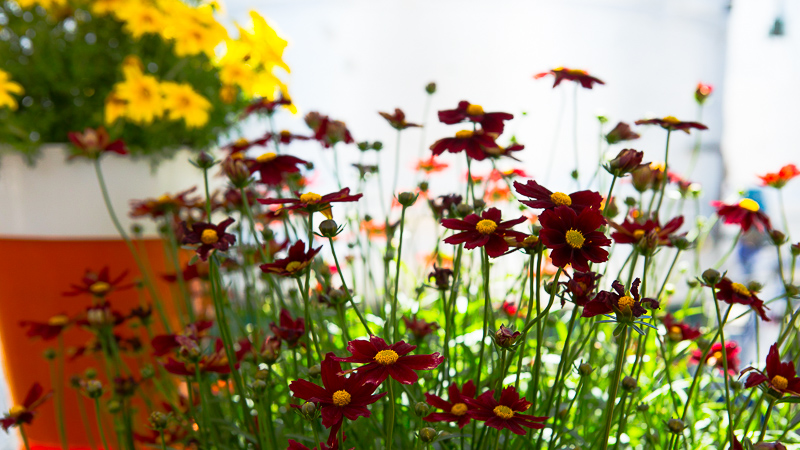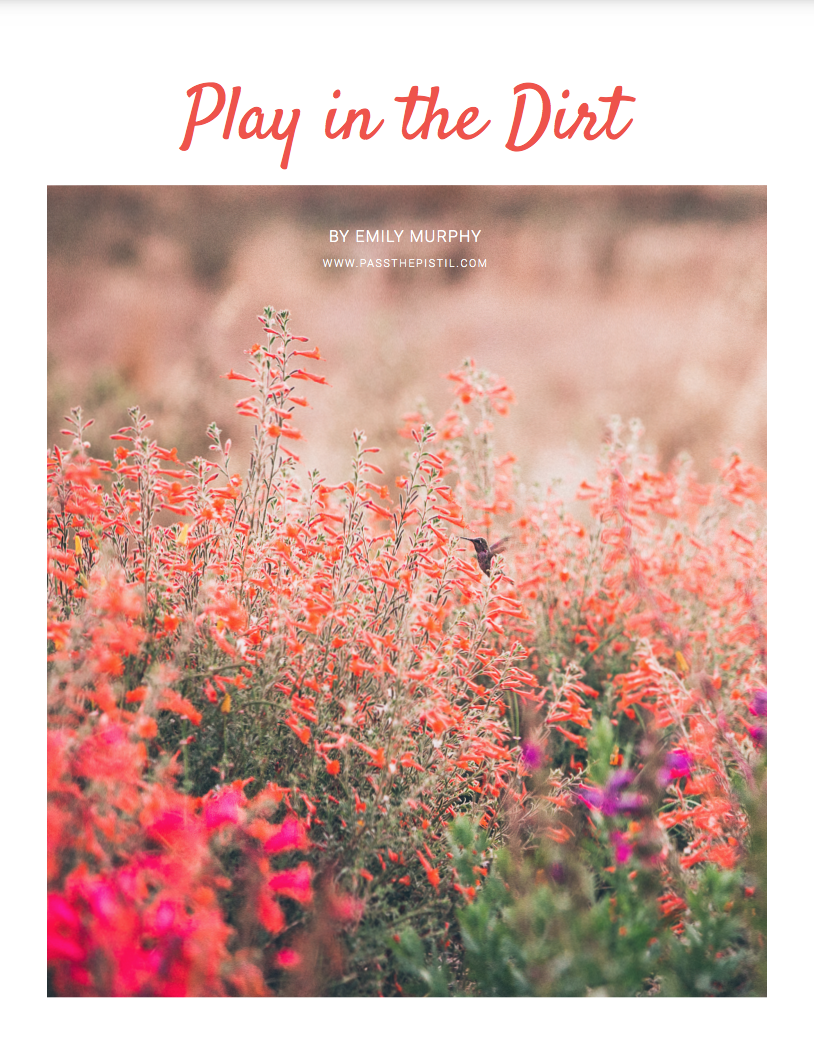Plant Pick: Clematis
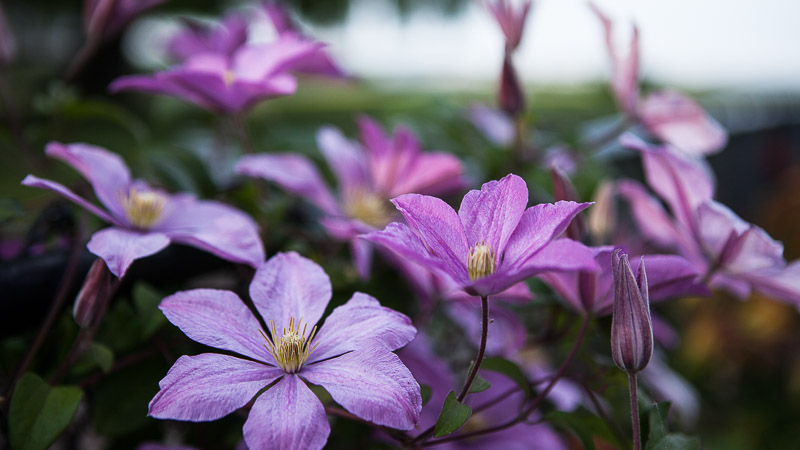
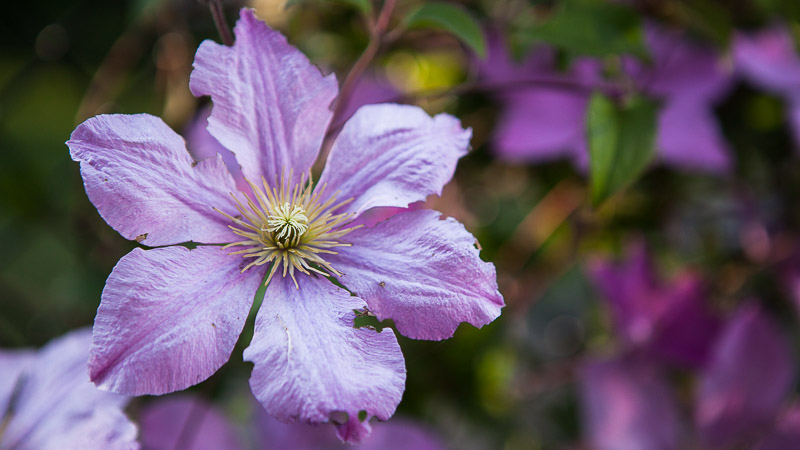
Who doesn’t love summer long blooms? If you’re looking for a perennial vine that is as charming as it is resilient Clematis (Clematis spp.) could be exactly what you need and quickly become your new favorite. Be prepared for flowers that make you take pause and fill your garden or forgotten corner with infinite appeal.
Clematis is one of those plants that continues to amaze me. I’ve seen it bounce back after being devoured by bunnies and thriving in subpar soil. It will grow equally well in containers as in borders and beds. Each year putting on a fabulous show.

Propagation
Grow Clematis from tip cuttings. Clip about 6 to 8 inches of stem length from the tip down. Clematis tend to grow more successfully if the tip material is green and not woody. Remove flowers and the leaves that will be submerged in water, a 50/50 blend of vermiculite/perlite or a sterile seed starting mix. Treat it with a rooting hormone such as liquid seaweed, a willow cutting or aspirin before placing it in it’s temporary home. Place your cutting in a sunny, north facing window and, once it’s rooting, be sure to harden off your new plant before transplanting to the garden.
Clematis blooms when mature, at least 2 years old, so you if don’t want to wait for flowers you may want to buy an older plant at your local nursery.
Plant when the temperatures are cool in spring or fall by submerging the first set of true leaves just below the soil surface, maximizing the potential for emerging shoots to evolve and grow. Water well before planting. Clematis roots and new growth are fragile. Handle with care.
Care
Grow Clematis in full sun and in a protected location out of direct wind. It prefers shade toward the root zone and sun on it’s leaves. Pair with plants that will provide cover above the root zone. (You can see below this Clematis is growing with day lilies at it’s base.)
Start with a rich, well draining, pH neutral soil. Mulch the root zone but leave the area around the base of the plant bare, providing room for new shoots to emerge from the soil. Consider a potassium rich organic fertilizer in late winter to early spring.
It’s a good rule of thumb to wait to prune until after it’s flowering because some Clematis bloom on new growth and others on last seasons growth.
Provide a climbing structure. Clematis climb by wrapping their leaves around objects, so select or make a trellis like framework that has narrow rungs or twine. Trellis netting or twine helper can be great additions to the structure you’re working with, especially if it’s an existing fence.
Other Characteristics
Grow Clematis in USDA hardiness zones 4 to 9. Blooms take on varying forms and come in shades of pink, blue, white and red. Some grow taller than others. Find a variety that fits your space. It attracts birds and grows well in containers.
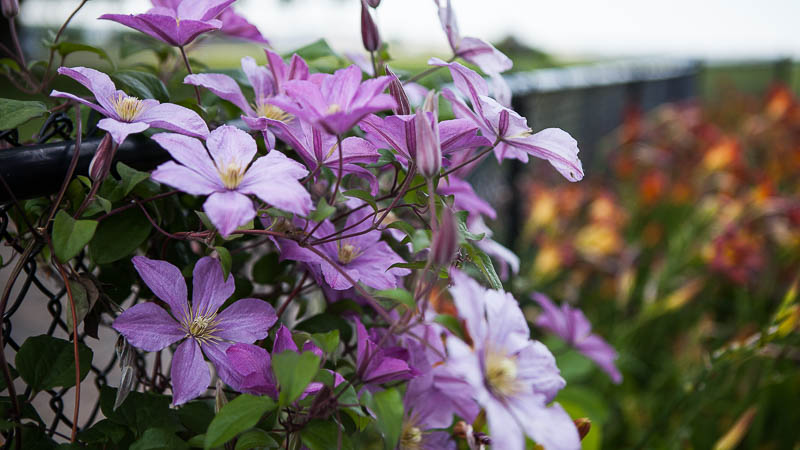
Listen
Buy The Book
Special offers
Newsletter Signup

Archives
Disclosure
Pass The Pistil is a participant in the Amazon Services LLC Associates Program and other affiliate programs such as Etsy, affiliate advertising programs designed to provide a means for sites to earn fees by advertising and linking to curated affiliate sites.

